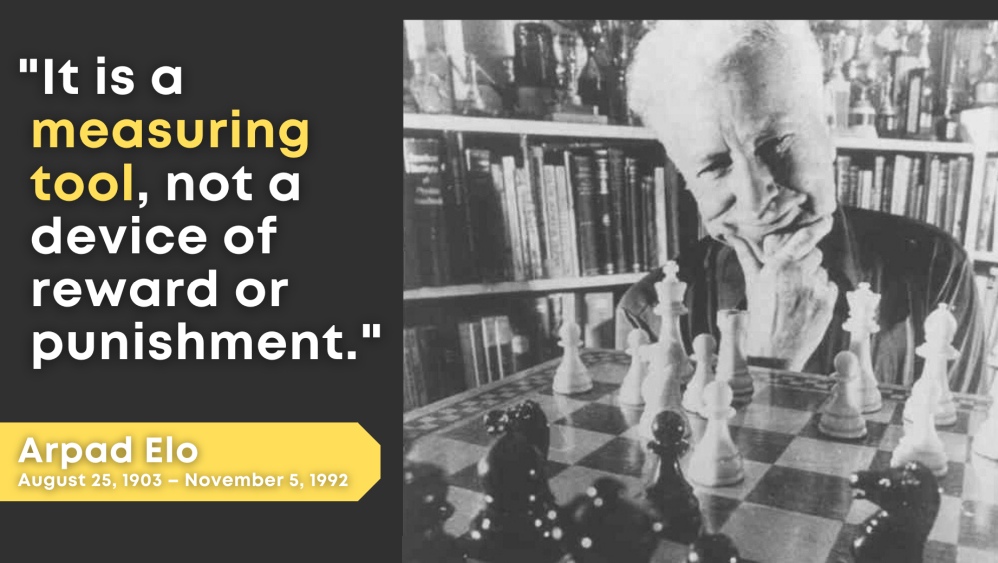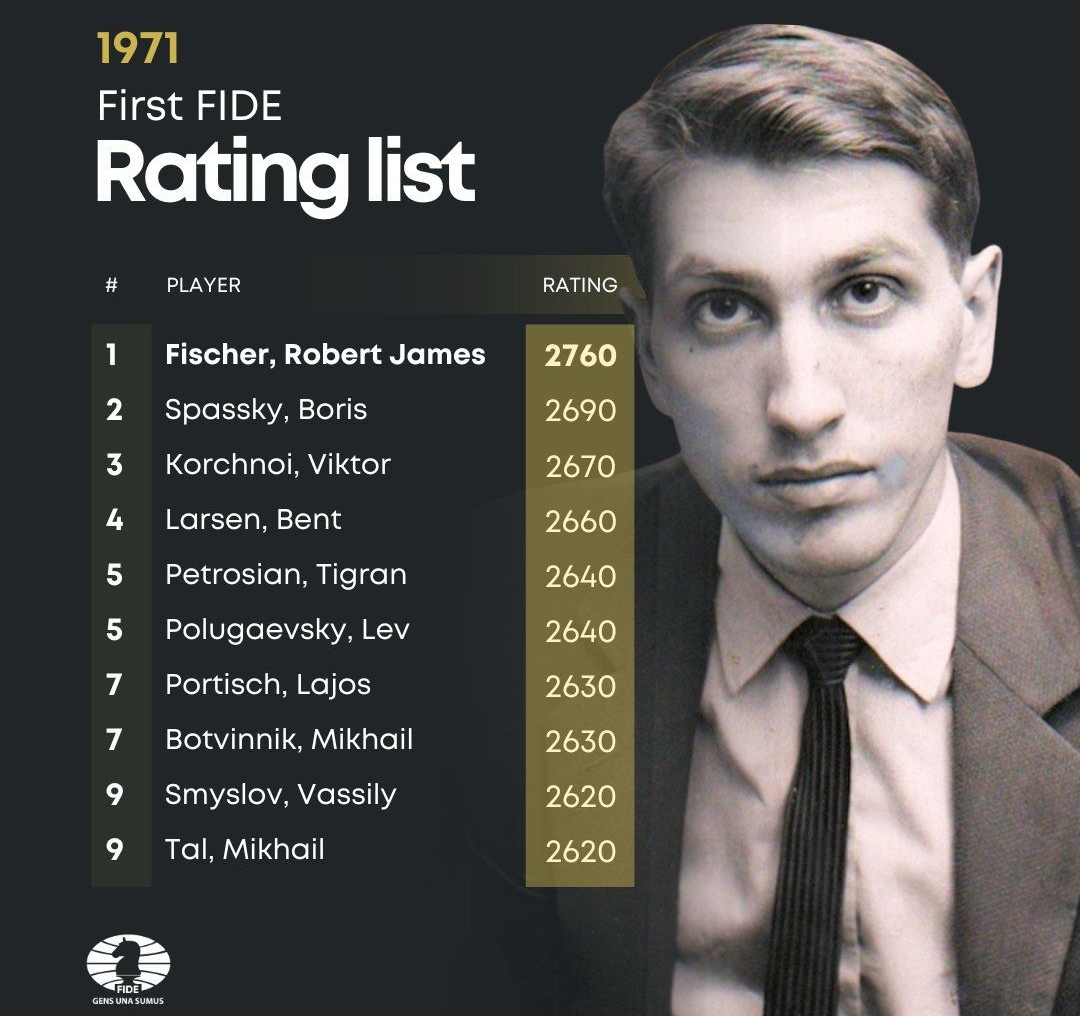
122 years ago, Arpad Emmerich Elo—a physicist, chess master, and pioneer of the rating system—was born. A native of the Kingdom of Hungary, he moved with his parents to the United States in 1913, later earning his BSc (1925) and MSc (1928) degrees from the University of Chicago. From 1926 until his retirement in 1969, Elo taught physics at Marquette University in Milwaukee.
By the 1930s he was the city’s strongest chess player, at a time when Milwaukee was one of the nation’s leading chess hubs. He won the Wisconsin State Championship eight times and was the 11th person inducted into the World Chess Hall of Fame.
A system for a new era
The dawn of the 1970s brought a wave of technological breakthroughs. The debut of the commercial microprocessor marked a new era, and the invention of the pocket calculator in 1970 proved particularly significant for chess.
It greatly simplified the work of the FIDE Qualification Commission, which had to handle a rapidly growing number of rating calculations. That same year, FIDE officially adopted Elo’s system for calculating chess ratings.
Elo pioneered this rating system, which the US Chess Federation first implemented in 1960. A player’s Elo rating is a numerical measure of past performance, adjusted based on the game’s result, aligning with expected outcomes.
For example, if you are rated 200 points higher than your opponent, you are expected to score about 75% of the points in head-to-head games. Meeting that expectation keeps your rating stable; exceeding it raises your rating; underperforming lowers it. Originally designed for chess, the Elo system has since been used in football, baseball, basketball, and other sports.
Legacy and evolution
In 1971, FIDE published its first rating list. Bobby Fischer topped it with 2760—the only player above 2700—followed by reigning World Champion Boris Spassky at 2690. Thirteen other grandmasters were above the 2600 mark.

The publication frequency of the FIDE rating list has changed over time. From 1971 to 1980, only one list was issued per year. This has gradually increased to the current standard of monthly updates.
Ratings have generated fascinating statistics. The highest rating ever achieved belongs to 16th World Champion Magnus Carlsen, who reached incredible heights of 2882. Only 14 other players in history have crossed the 2800 threshold. To qualify for the grandmaster title, a player must reach a rating of 2500.
Today’s FIDE rating system continues to evolve, considering numerous factors to adapt to the modern game. A major 2024 update, for instance, addresses rating inflation associated with a rapidly growing base of new players, particularly children and beginners with low starting ratings.

